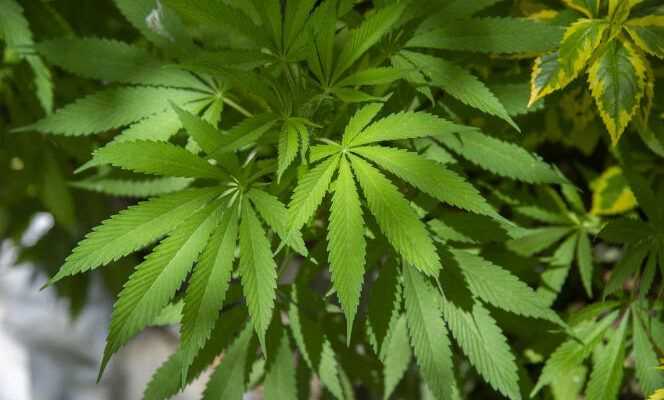Hemp? Marijuana? Cannabis? These names refer to the same plant species, Cannabis sativa. During its domestication, this plant split into two main groups. There are, first of all, the varieties intended for the production of fibers (textiles and ropes) and seeds: this is the hemp group. Then there are the varieties which produce high concentrations of chemical compounds, the “cannabinoids”, with famous psychoactive properties (of illegal use in most countries): this is the group of marijuana. As for the term cannabis, in common parlance, it designates the plant or the drug derived from it. None of these names, however, fit a scientific classification.
” The evolutionary history of cannabis has been studied very little “, notes Luca Fumagalli, from the Faculty of Biology and Medicine of Lausanne (Switzerland). This gap has now been filled. The saga of Cannabis sativa, traced by an international team coordinated by this researcher, is told in the review Science Advances July 16. Where we (re) discover that this fascinating plant is, in fact, one of the oldest domesticated plant species – and not only, far from it, for its soaring effects.
The authors analyzed the genomes of 110 varieties of hemp or marijuana: plants collected from the wild in Asia, local varieties, historic cultivars, modern hybrids. ” We took several years to collect these samples with a global geographic coverage “, says Luca Fumagalli. The bans on marijuana, it is true, have not made things easier.
From the beginning of the Neolithic
The researchers deciphered the complete genomes of 82 varieties, and analyzed previously published genomic data for 28 other varieties. Then they compared them by bioinformatics. They also modeled different evolutionary scenarios. Verdict: this plant was cultivated from the beginning of the Neolithic era, 12,000 years ago. This domestication took place in East Asia, not in Central Asia as the researchers believed. Cannabis sativa, So, has likely been cultivated as a versatile source of fiber, seeds and insecticides and for its recreational properties.
Another surprise: none of the plants collected in nature, even in the Himalayas, were strictly speaking wild. All are “feral” plants, that is to say, formerly domesticated and then returned to nature. ” There is probably no wild cannabis anymore “, sums up Luca Fumagalli. The study also reveals that this species diverged not in two, but in three lineages. The first brings together many feral varieties in China. As for the other two, they bring together the varieties which gave respectively hemp and marijuana, and which separated from each other about 4,000 years ago. Man, then, began to heavily select the plant for its ability to produce either fiber or cannabinoids. There has been very little genetic exchange between these two lines.
You have 53.02% of this article to read. The rest is for subscribers only.
